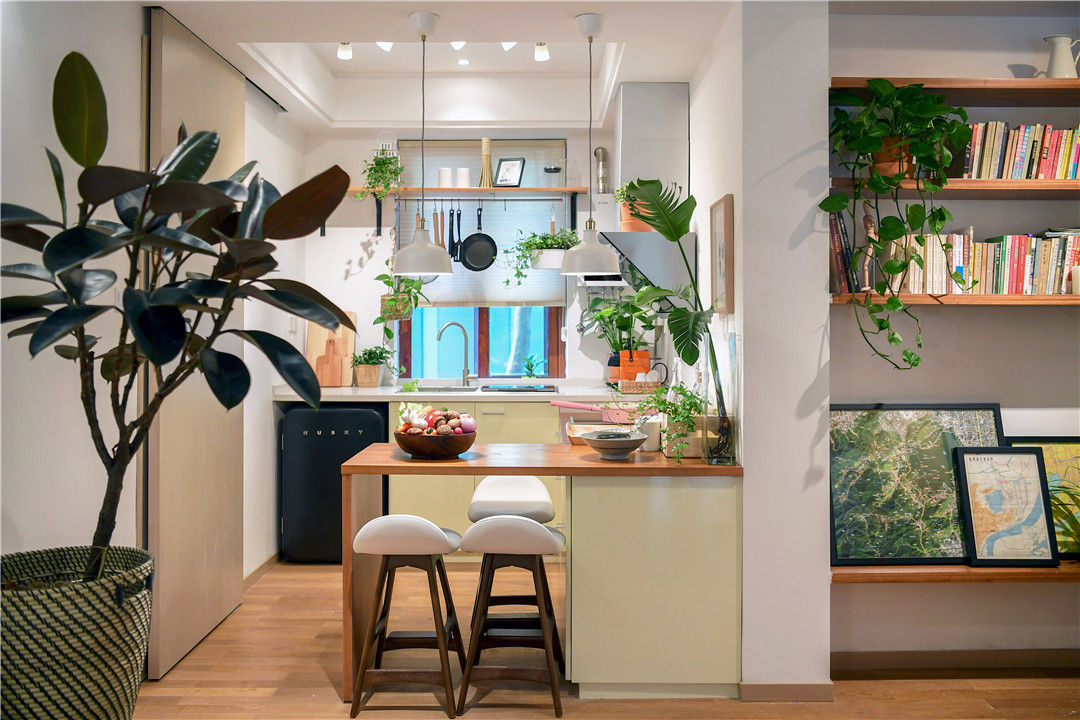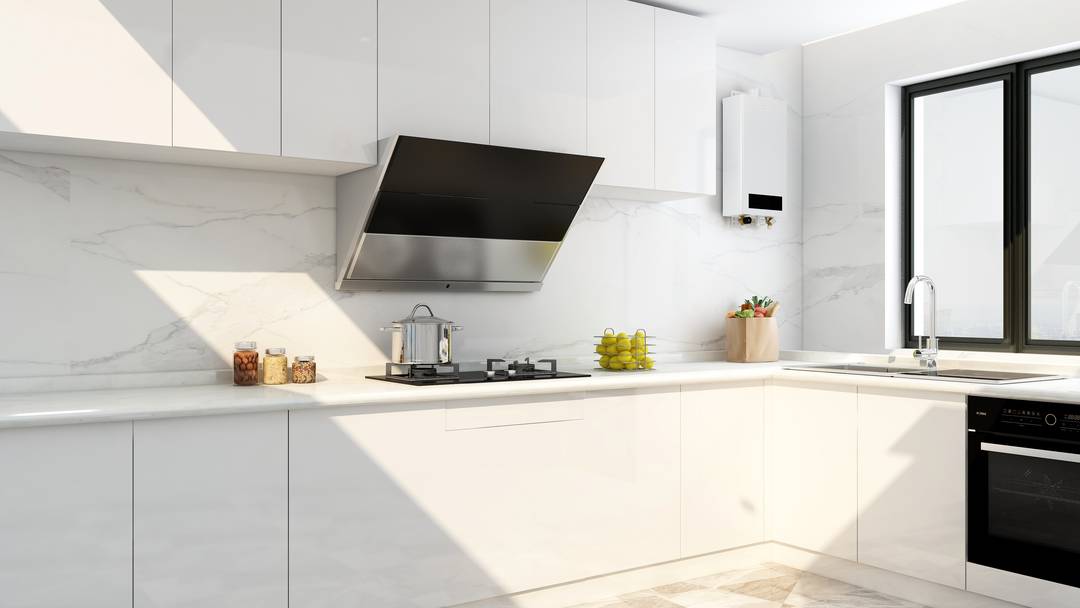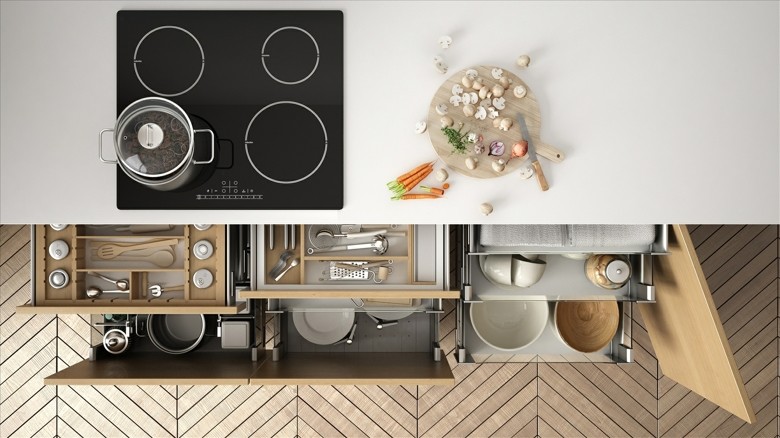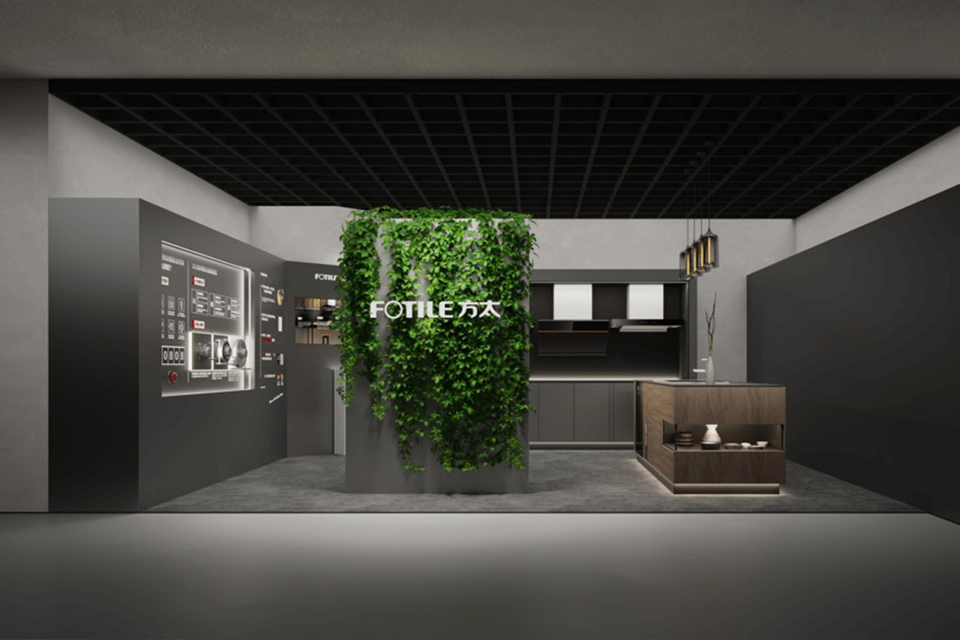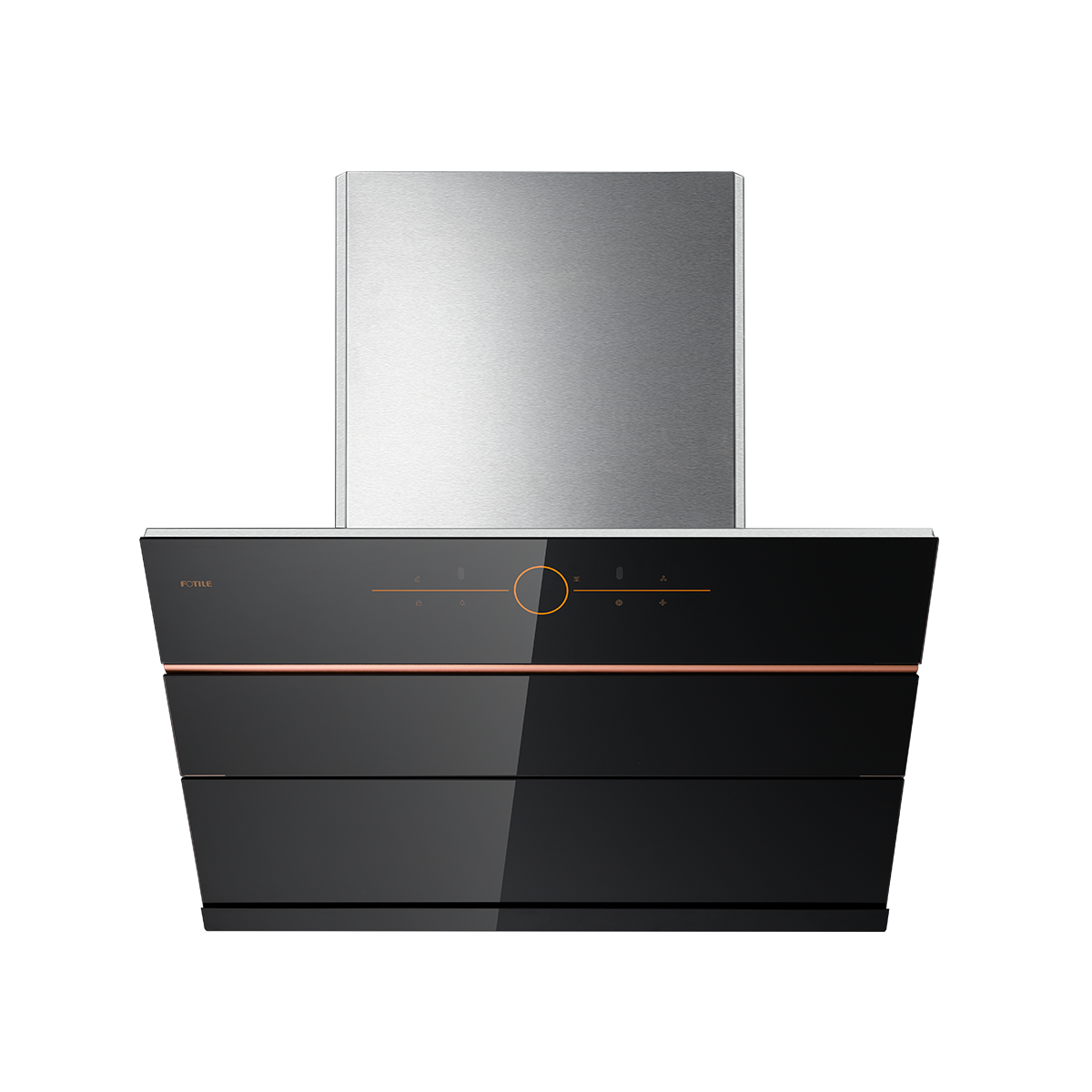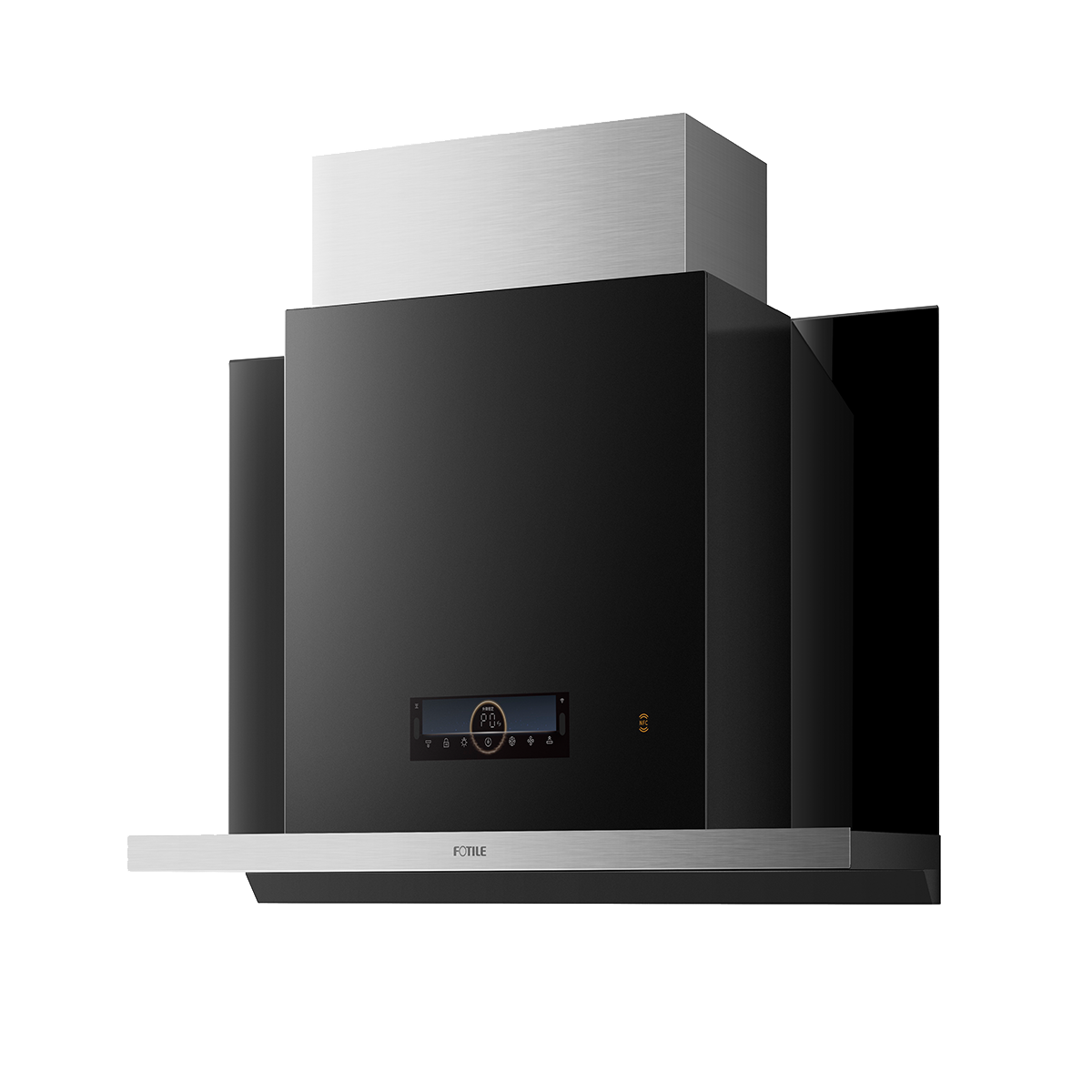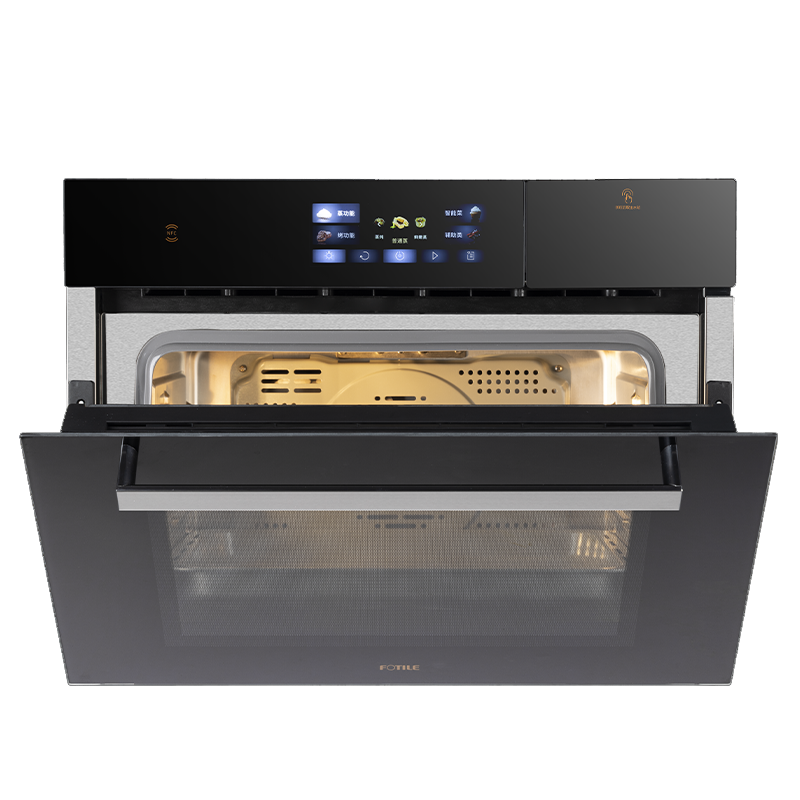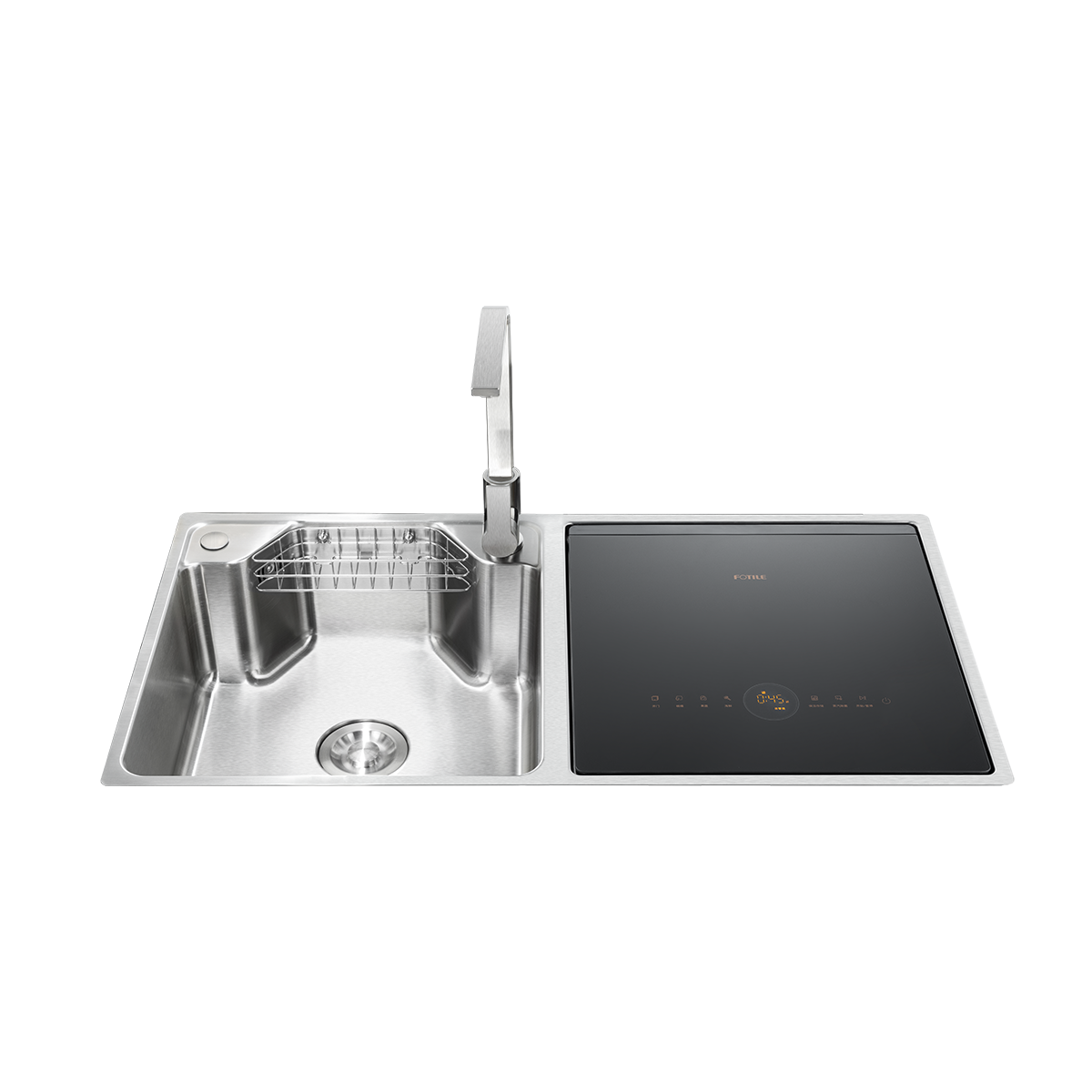2025-01-25
Beware of Small Traps in Kitchen Renovation! We Summarized 7 Types of Designers to Avoid
No matter how many precautions you take, traps are hard to avoid.
In the design field, there are always some designers who exploit information asymmetry, first-time homeowners, and the lack of understanding about renovation design to offer a series of unprofessional and even opportunistic renovation design services.
Learning from past experiences, we have compiled a list of several types of designers that have issues in kitchen renovation design services. This will help everyone identify traps and avoid them when choosing a designer. Let’s take a look.

1. Sales-Oriented Designers
What is a sales-oriented designer? In simple terms, they are salespeople with some design basics. Although these designers understand some basic design knowledge, can draw a few sketches, and can do simple analyses of design drawings, they are more focused on the number of contracts signed rather than delving deeply into the renovation design itself.
For example, due to a lack of professional knowledge and practical life experience, they may rarely consider the homeowner’s lifestyle habits. They might use template designs or overlook details such as color matching and storage… resulting in either an uncoordinated look or a superficially appealing design that lacks a good living experience and hides many potential issues. When encountering such designers, your needs will essentially be communicated as sales discussions. How to identify them? If you hear the following phrases, steer clear!
-
- “We can do all of this; we guarantee your satisfaction! If you’re not satisfied, we’ll keep working until you are.” — In reality, they have no patience for continued service later.
- “Pay 30% as a deposit, and we’ll deliver the design drawings in the next couple of days.” — Paying upfront without discussing needs is a trap; also, can a design completed in two days really be usable?
- “The design has been finalized; you can pay the final payment now.” — After payment, you might find it hard to contact the construction manager.
Sales-oriented designers care about securing a client to complete a transaction rather than creating a kitchen that suits you. Avoid these types of designers!
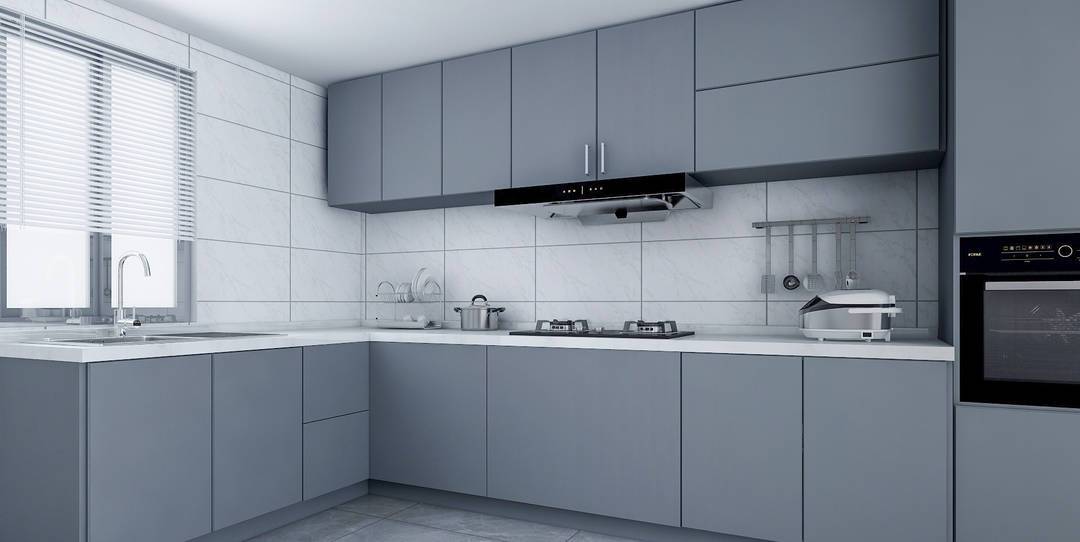 2.
2.
“Free” Designers
We often see advertisements online claiming “no design fee” or “0 yuan design,” which may attract many people. However, in reality, there is no such thing as a free lunch.
Some might think that designers only need to measure dimensions, draw plans, and select materials without incurring costs like material fees or labor costs during renovations. Why charge fees?
The design services provided by designers involve research, analysis, creativity, drawing, and presentation processes that require time and effort. Especially good designs need more time, energy, and intelligence to refine and create. In this intellectual abstract service area, the quantity of services they can provide is limited by time.
In this case, why do some designers still offer free design fees?
First, they may not need to put in much effort in the design process; they might directly copy plans from third-party platforms or have very low or no design standards from clients… In summary, they compress time costs by completing an 8-hour job in just 3 hours; under such circumstances, both the design and service will not meet expectations.
Second, if they lose some profit on the design aspect, they will make up for it in other renovation areas. For example, costs for materials, construction techniques, services, and management may be significantly higher than normal expenses.
You can identify the tricks of “free” designers through these phrases:
- “Our design fees are completely waived; you just need to pay part of the material construction fee upfront. We will deduct this amount from your total later.” — In fact, this cost has already been included in the so-called material construction fee or even more.
- “What style do you like for your kitchen? European countryside or American drama kitchen? You can provide us with pictures from model rooms; we guarantee to replicate it exactly for zero design fee.” — This means directly “designing” based on model rooms without needing much creative thought; with little workload involved, “design” becomes almost non-existent and thus incurs “zero” design fees. Designing requires an attitude toward actual design; designers who don’t charge for their work will never produce good designs! Be cautious with those who use free design fees as a guise but earn sufficient profits elsewhere!

3. “Fishing in Troubled Waters” Designers
These types of designers do not solely focus on sales contracts nor lure clients with zero design fees but instead leverage their industry knowledge for personal gain.
Of course, designers may not directly communicate cost issues with homeowners but coordinate through project managers at renovation companies or studios. For example:
1. Taking Kickbacks: “This solid wood material is currently the most popular on the market and very durable; over 90% of clients choose this.” — Designers receive kickbacks from material suppliers; for instance, on a 10,000 yuan floor purchase, they might receive at least 2,000 yuan in kickbacks or even up to 50%. Under the influence of kickbacks, designers benefit while homeowners suffer.
2. Earning Commissions: “You should choose natural marble for your kitchen countertop; this material is high-end and elegant; many villas use it.” — To secure more company commissions, some designers recommend impractical expensive materials under the guise of quality renovation while claiming “as long as the renovation looks good and is high quality, spending more money is worth it.”
3. Additional Costs: “The workers say we need to add some floor tiles to connect the living room and balcony.” — To secure projects, they often quote renovation budgets very low but later increase costs under various pretexts once work begins.
4. Vague Labor Costs: “This construction team we’ve hired has done many large projects before with solid craftsmanship; costs might be slightly higher.” — Costs for materials are relatively transparent compared to labor costs; some designers take advantage of complexity in craftsmanship or difficulty in construction to charge homeowners extra for labor.
These designers cannot provide realistic cost assessments; they push unaffordable projects and expenses onto homeowners at their expense to increase their own income. They are not trustworthy and should be avoided.
4. “Half-Knowledgeable” Designers
As the name suggests, half-knowledgeable means knowing incompletely and understanding superficially. These types of designers mainly fall into three categories:
1. New Designers: They may lack sufficient experience in the industry and need more training; thus their designs may not be as thoughtful as those from experienced designers. This is understandable; if hiring such designers is necessary, it’s best to have more experienced designers mentor them.
2. Incomplete Knowledge: These designers may feel that their focus should solely be on design without needing much concern for other fields; thus they struggle to integrate knowledge from multiple disciplines which leads them to overlook aesthetic aspects or ergonomic considerations when practically using kitchens.
3. Knowledge Without Depth: This is opposite to incomplete knowledge—knowing much but lacking depth may prevent them from providing fundamental reasons or persuasive solutions for homeowners when challenges arise.
During communication, these types of designers often use vague terms like “should/might/maybe,” making it hard for homeowners to fully trust them with significant home renovation tasks. Therefore, caution should also be exercised when dealing with “half-knowledgeable” designers!
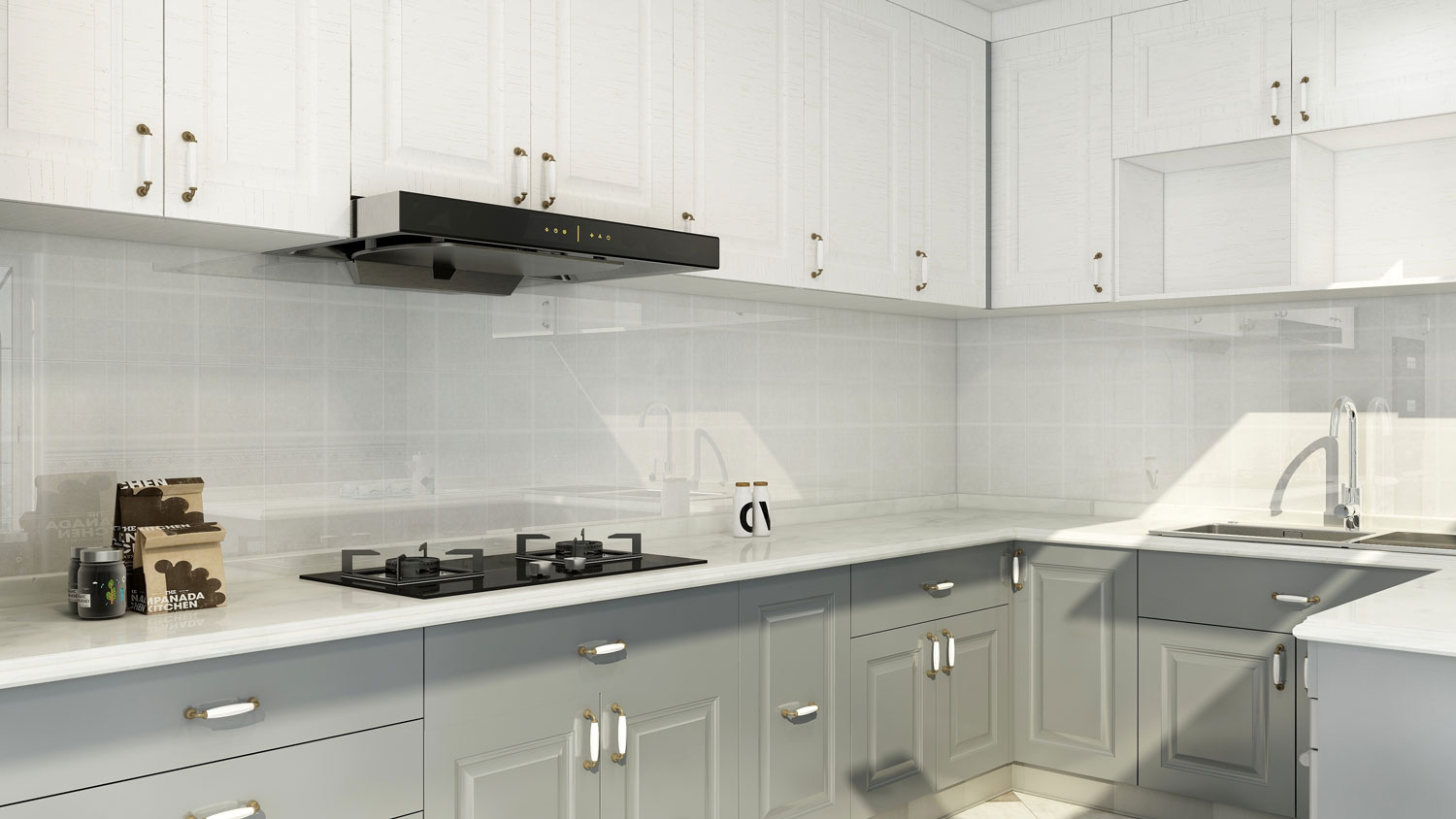
5. “Academics” Designers
When hearing “academics,” people might think these types of designers have formal training and should be professional—so why be cautious? Indeed some academic designers are quite capable; however many others use prestigious academic backgrounds as an excuse to offer “customized” designs while expressing phrases like “this designer participated in renowned xxx projects alongside famous designer xxx,” lacking practical life experience or personal creative ideas—their designs are merely borrowed concepts.
Alternatively, ordinary designs and materials may be packaged into high-end concepts under phrases like “this is a master’s graduate from xxx architectural school who has studied abroad at xx school…” In reality, they inflate costs using prestigious backgrounds to charge exorbitant design fees.
It’s important not to overly consider educational backgrounds when selecting a designer—capability is what truly matters!
6. “Idealistic” Designers
Designers should hold ideals but must not be overly idealistic. What situations arise?
1. Flashy but Impractical: It’s great when a designer has creative passion and artistic ideas; however some overly extravagant designs may not suit kitchens well. For example: “You should go for an open kitchen; open kitchens have been particularly popular these last two years—it immediately gives an impressive feel upon entering…” Little do they know that the homeowner’s family prefers traditional Chinese cooking methods and does not want an open kitchen setup yet insists on it leading to issues with oil smoke later on.
2. Theoretical Discussions: Creative ideas sound great but are difficult during implementation. Their designs may look beautiful and innovative yet hard to realize practically—for instance: insisting on integrating dining areas into limited kitchen spaces limits restaurant usability or choosing rare materials that are hard to find commercially or requiring craftsmanship beyond what can realistically be achieved.
If a designer solely pursues what they deem beautiful without considering homeowner usage habits in their kitchens—such designers are not recommended.
7. “Tiger Head Snake Tail” Designers
These types of designers may initially seem fine during discussions about designs but later reveal themselves as problematic.
1. Lack of Systematic Service: They struggle to provide comprehensive services from kitchen design through material selection all the way to construction follow-up and acceptance checks; often mixing business aspects with design and construction leading to chaotic arrangements affecting renovation progress.
2. Weak Sense of Responsibility: Their work tends toward being perfunctory—for instance: measuring dimensions inaccurately leading to discrepancies during installation of appliances like Fotile’s gas stoves where actual hole sizes differ from installation requirements causing numerous issues down the line including possible rework—or procrastinating without scheduling work efficiently which hampers construction speed.
3. Inadequate After-Sales Support: Once kitchen renovations are completed successfully but homeowners require touch-ups like repainting sockets or changing fixtures—the designer struggles to coordinate suitable workers for finishing tasks leading delays without resolution—execution capabilities lag behind making after-sales service difficult.
Additionally there’s difficulty coordinating effectively with other personnel—for example: if appliance brands’ after-sales teams come onsite for installations regarding cabinet dimensions or installation heights if clients have special requests but if no accurate handover occurs between designer teams—this affects installation work while delaying overall renovation timelines.
Moreover during renovations if homeowners inquire about specific project details while if designers appear hesitant unable articulate where things stand—such designers should definitely be avoided!

For all seven types of summarized designers above—everyone must pay attention during communication processes—stay alert! Avoid falling into traps! After all we need practical kitchen designs along with effective solutions for kitchen living—we require professional commissioning agents so we can confidently entrust our kitchen designs ensuring orderly progression throughout renovation tasks.
Of course aside from knowing which types of designers should be avoided along with suggestions on preventing pitfalls—it’s also advisable further investigate each designer’s professionalism so we can confidently assign them responsibilities regarding our kitchen renovations! To assess designer professionalism ask friends who have experience with renovations or explore Fotile’s Kitchen Fun Research Institute’s designer selection topic for detailed insights!


